Do you have a question about the Weed Eater BV1850 and is the answer not in the manual?
Provides phone numbers, website, and model series for support and identification.
Critical warnings about retaining the manual and following all safety rules before operation.
Warns about unit danger, emphasizes proper use, and the need to read the manual carefully.
Advises caution with the hot muffler and surrounding surfaces to prevent burns or fires.
Details the hazard zone for thrown objects and specifies required personal protective equipment (PPE).
Explains precautions against clothing, hair, or jewelry entanglement with moving parts.
Instructs to stop the unit and disconnect the spark plug before cleaning or servicing.
Safety warnings for vacuum inlet use and guidelines for handling materials in vacuum mode.
Precautions for handling gasoline, avoiding sparks, and storing fuel safely.
Rules for unit inspection, proper use as blower/vacuum, and environmental awareness.
Requirements for eye, foot, and respiratory protection, and securing loose items.
Guidance on keeping children, bystanders, and animals away from the work area.
Ensuring proper assembly, safe fueling practices, and avoiding spills.
Avoiding hazardous environments and maintaining stable footing during operation.
Proper use of attachments, directing airflow safely, and avoiding overreaching.
General maintenance, importance of authorized service, and storage preparation.
Information on vibration effects and state-specific emissions requirements.
Step-by-step guide to assemble the blower tube onto the unit.
Step-by-step guide to assemble the upper and lower vacuum tubes.
Instructions for attaching the vacuum bag to the unit.
Detailed steps for connecting the upper vacuum tube to the blower unit.
Instructions for safely removing vacuum parts and attaching blower tubes.
Proper adjustment of the shoulder strap for user comfort and unit balance.
Locating and understanding the throttle lever, primer button, and choke lever.
How to operate the throttle lever for speed control and the primer button for starting.
Guidance on using the choke lever for cold engine starting.
Illustration and tips for maintaining the correct posture while operating the unit.
Advice on operation, hearing protection, and minimizing noise levels.
Tips for dusty conditions and using blowers for water conservation.
Safe blowing practices, watching for hazards, and post-use cleanup.
Essential safety steps and warnings for fueling the engine, including removing the cap slowly.
Recommended fuel mix ratio and warnings about alcohol fuels and storage.
How to stop the engine and safe starting practices, including positioning.
Step-by-step instructions for starting a cold engine.
Procedures for starting warm engines and troubleshooting flooded engines.
Overview of maintenance tasks, warranty, and checking for loose parts.
Routine cleaning and inspection of the unit and decals after use.
Instructions for cleaning and maintaining the air filter for optimal performance.
Procedure to replace the fuel filter and check muffler mounting screws.
Information regarding carburetor adjustments and seeking assistance.
Steps for preparing the unit for storage, including cleaning and fuel management.
Guidance on fuel system care, use of gasohol, and fuel stabilizer.
Detailed steps for preparing the engine for seasonal storage.
A table detailing common engine problems, their causes, and recommended remedies.
Details on warranty period, coverage for parts and labor, and exclusions.
Explanation of emission system warranty rights, owner responsibilities, and coverage.
Specifics on what is covered, diagnosis procedures, and liability limitations.
Procedures for filing warranty claims and locating authorized service centers.
List of emission-related parts covered and statement on maintenance responsibility.
Engine compliance certification for moderate, intermediate, and extended usage hours.
| Brand | Weed Eater |
|---|---|
| Model | BV1850 |
| Category | Blower |
| Language | English |

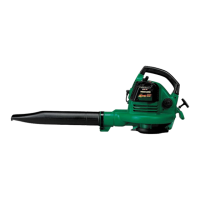



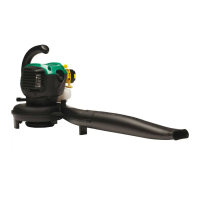

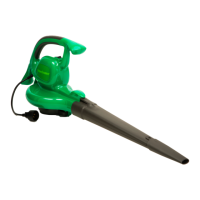
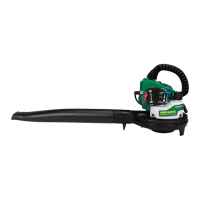

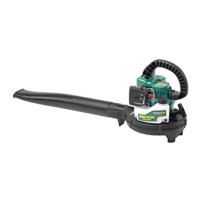

